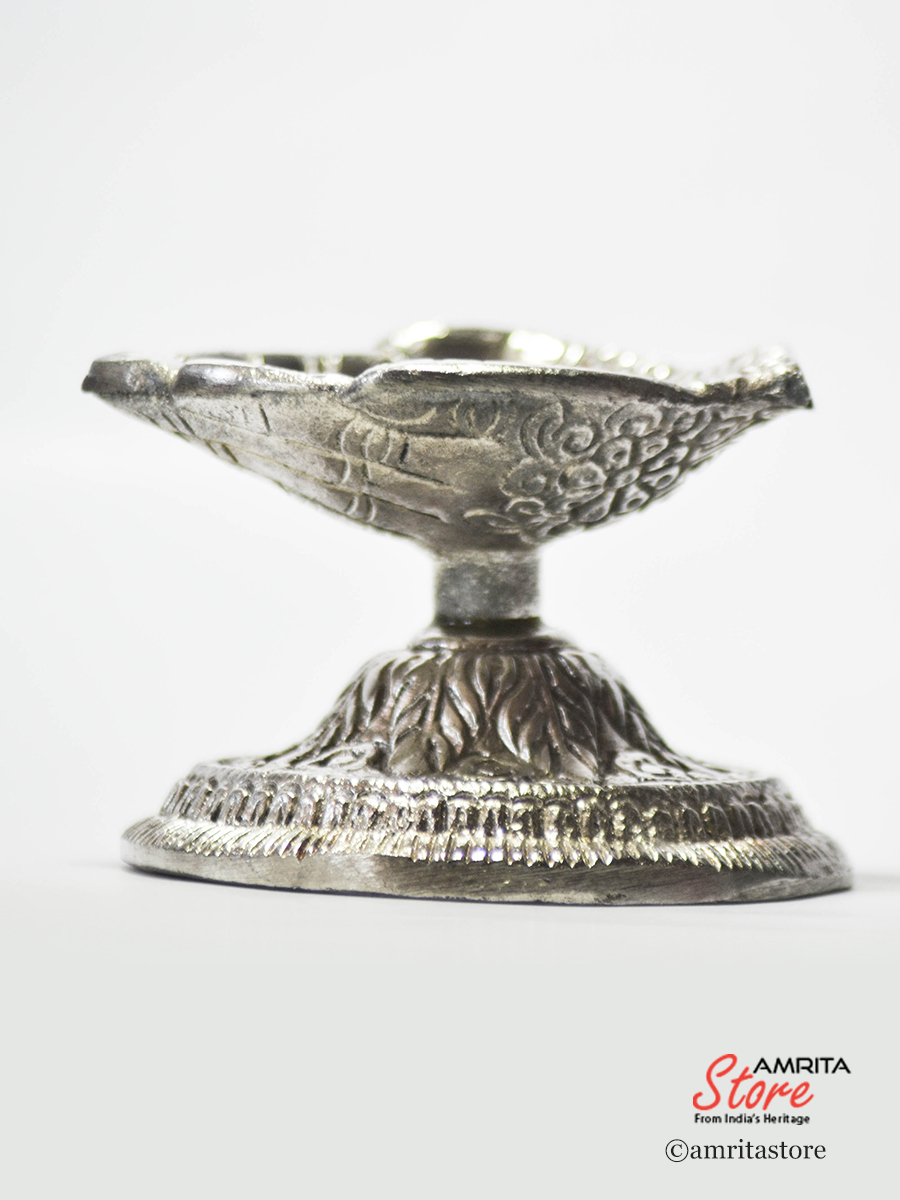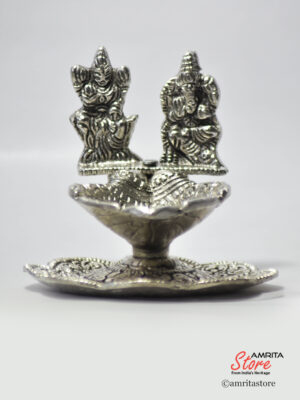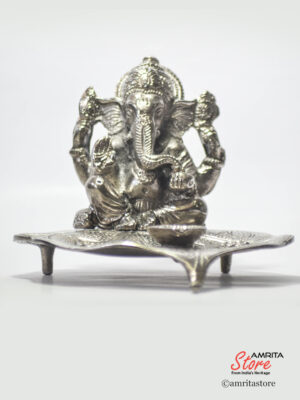The ceremonial use of lights is found in the practice of many religions. Oil lamps and candles are extremely common and other forms of light, whether fire or other, are also used. Light is everywhere the symbol of joy and of life-giving power, as darkness is of death and destruction. Fire a impressive element in worship has been used in many religions. Fire-worship still has its place in two at least of the great religions of the world.
The Hindu festival of Diwali (Deepavali, from diya, light), when temples and houses are illuminated with countless lamps, is held every November to celebrate Lakhshmi, the goddess of prosperity. In almost all Hindu homes, lamps are lit daily and sometimes every day before an altar. In some houses, the oil lamps, or candles, at dawn, and in some, twice a day – at dawn and dusk – and in a few, it is maintained continuously.
A diya, or oil lamp is frequently used in Hindu celebrations and forms an integral part in many social rites. It is a strong symbol of enlightenment, hope and prosperity. Diwali is the festival of lights celebrated by followers of dharmic religions. In its traditional and simplest form, the diya is made from baked clay or terracotta and holds oil or ghee that is lit via a cotton wick. Gift Hint: Household gathering, altars, welcome your guests the traditional Indian way by holding lamps facing them
Specifications:- Made of metal oxidize. Specially used as wedding favors in Indian weddings and gift article Very popular for Gujarati marriage vidhi called grah shanti as lahani item
Size H 6 X W 8 cm.








Reviews
There are no reviews yet.